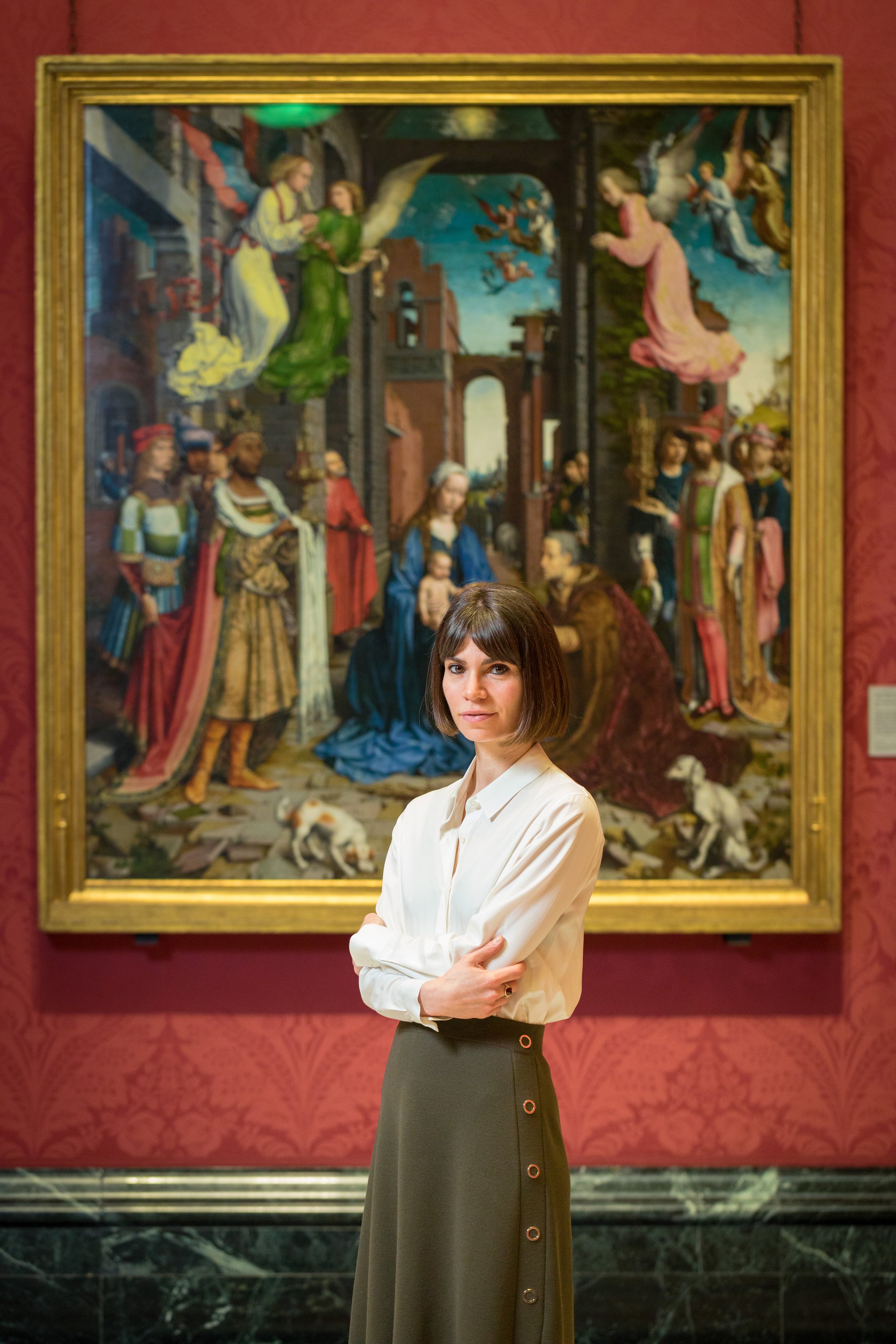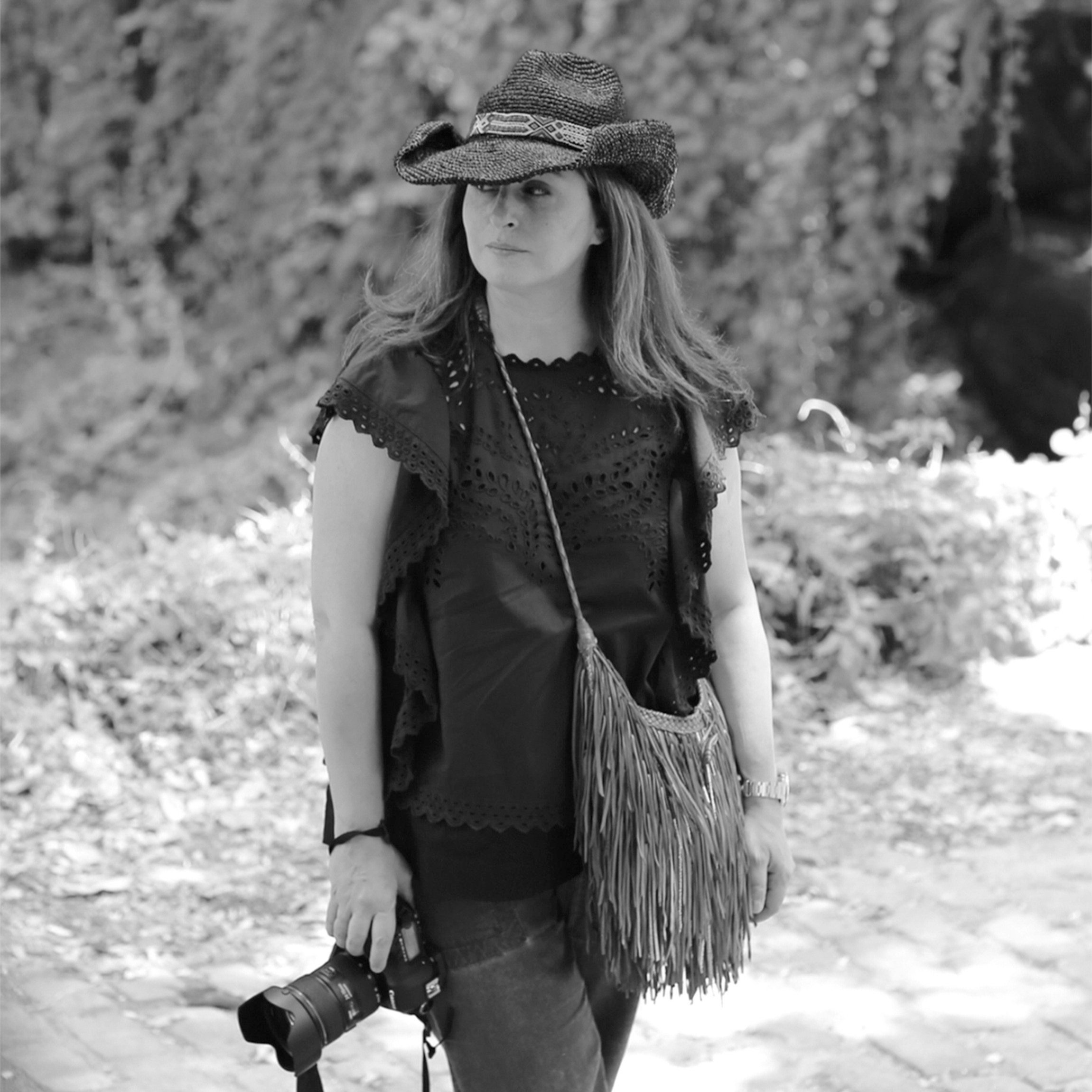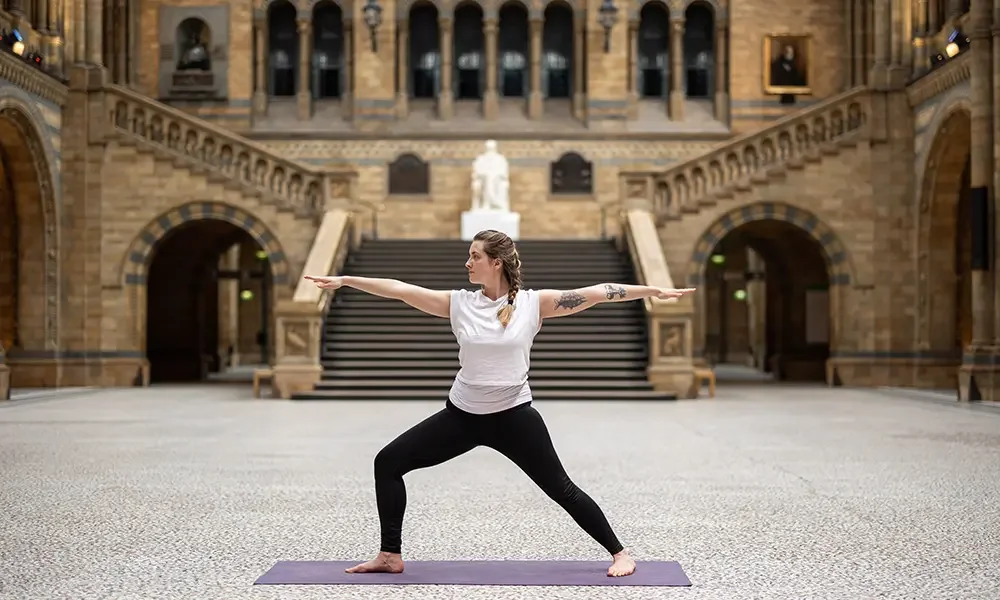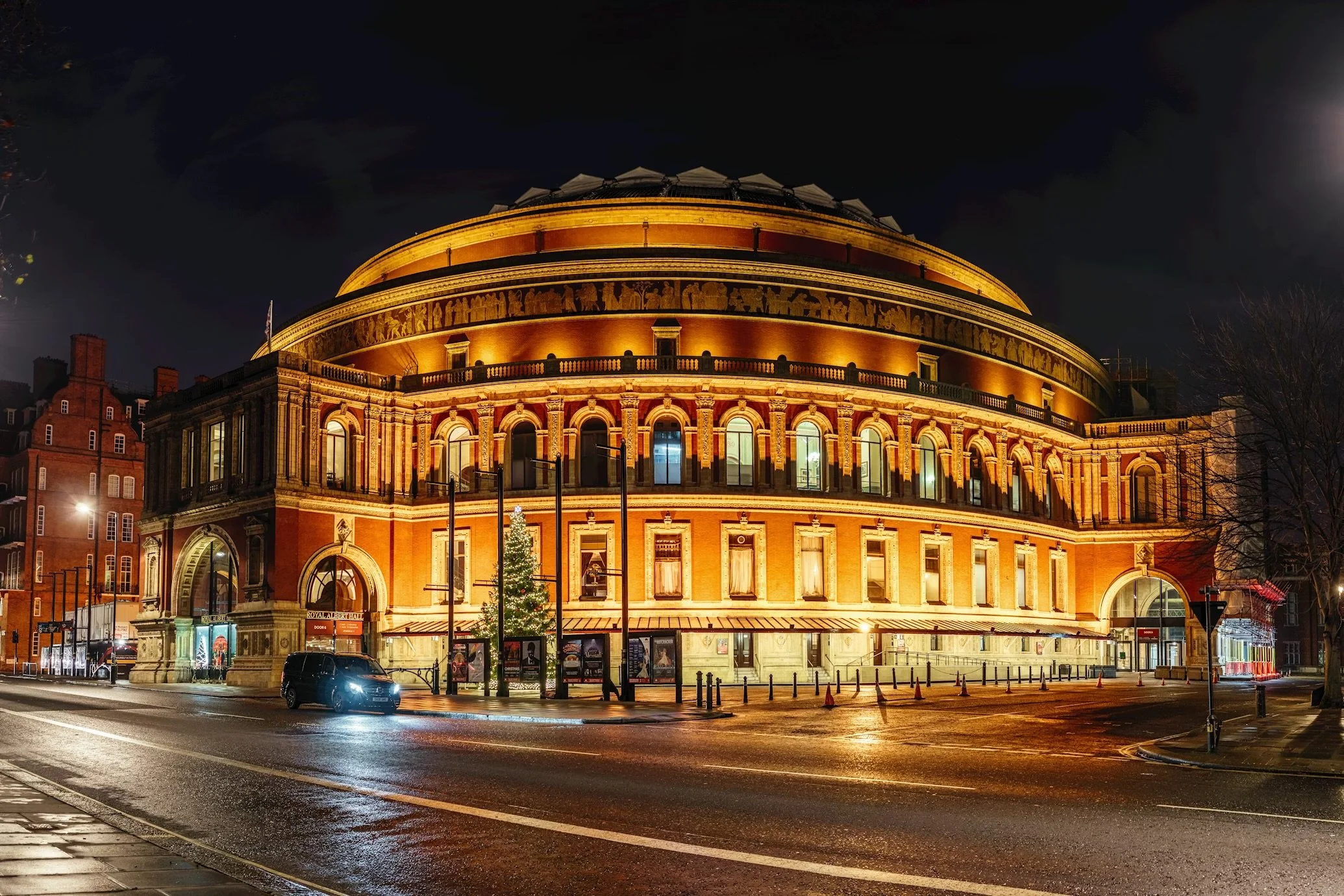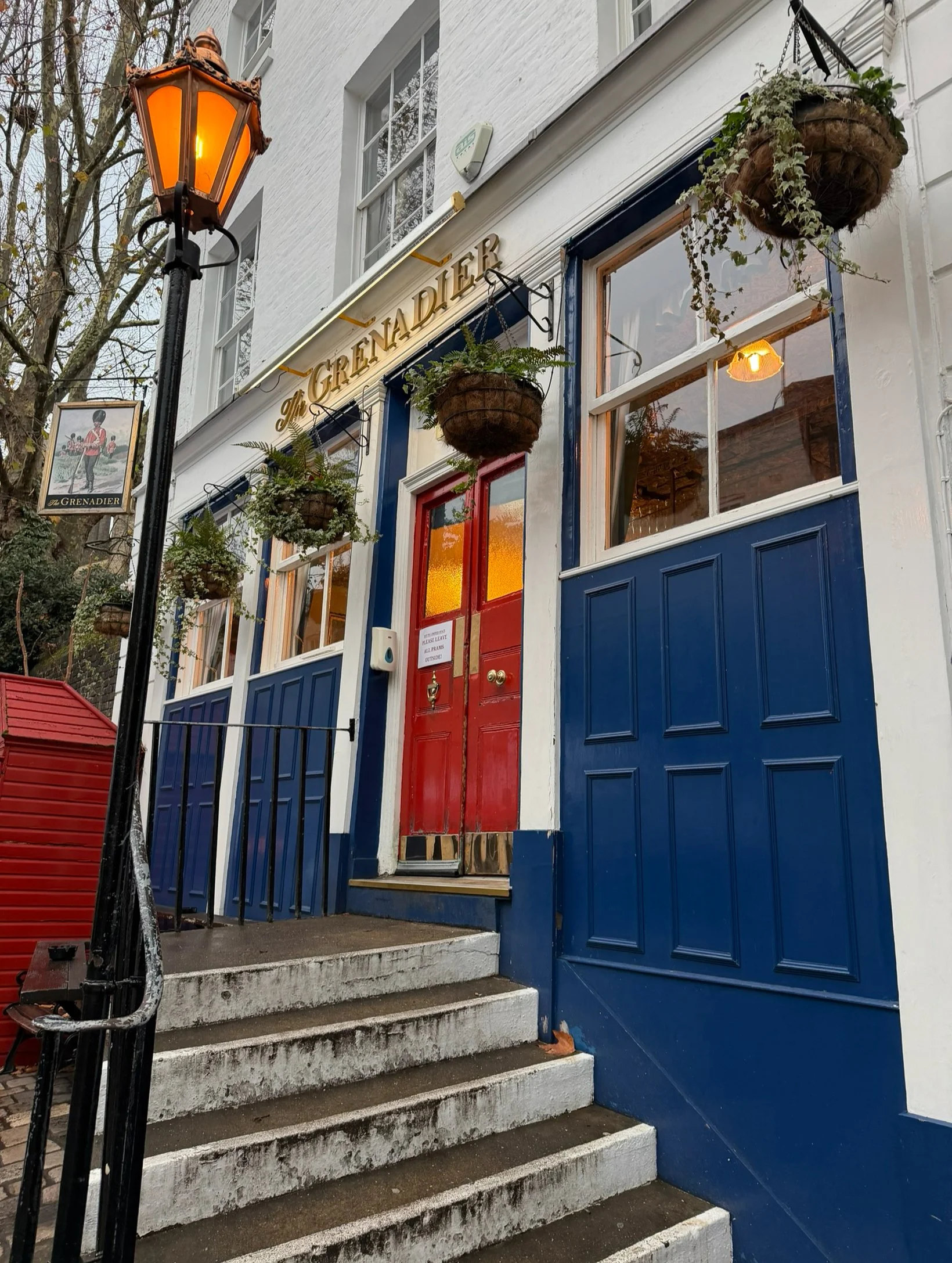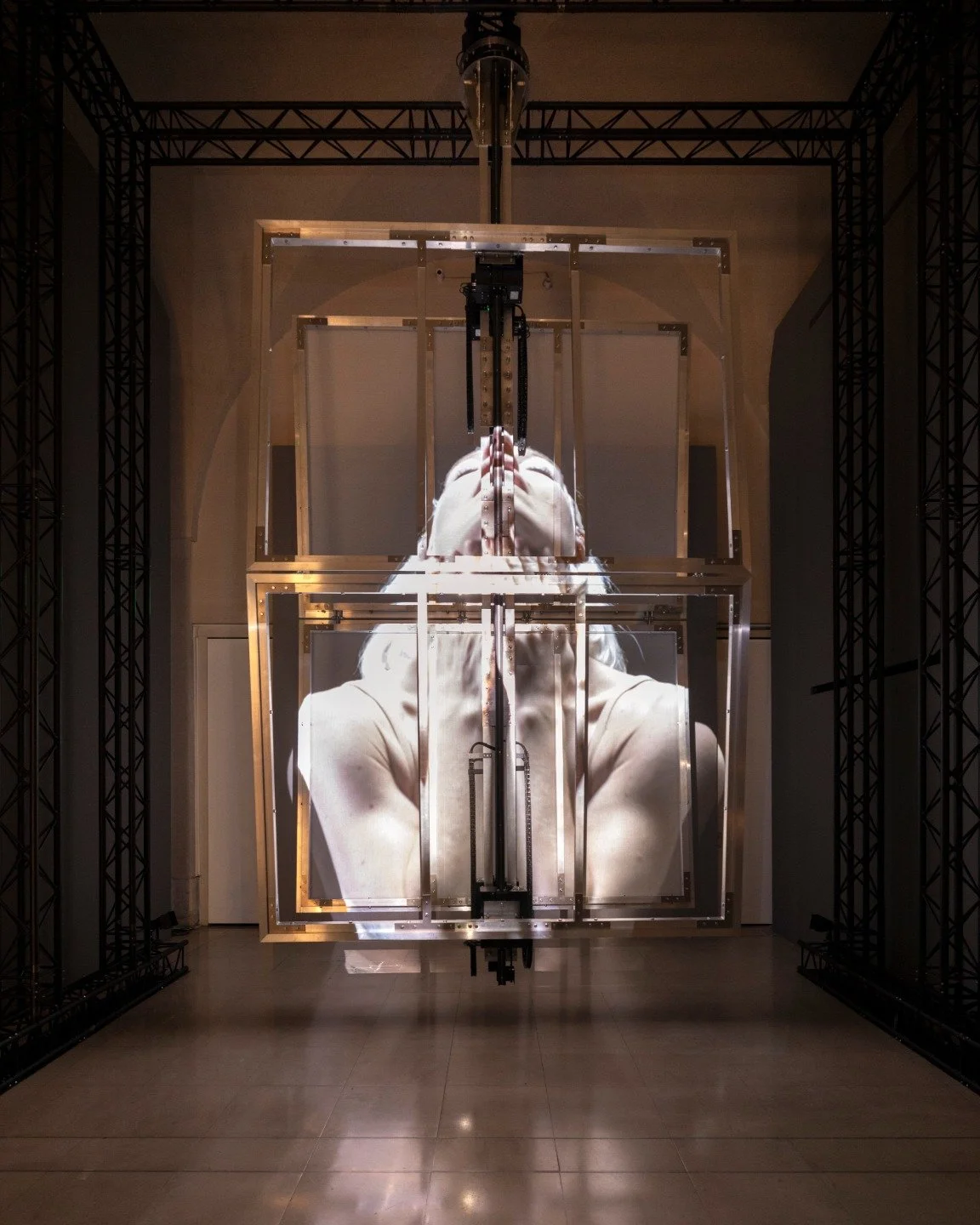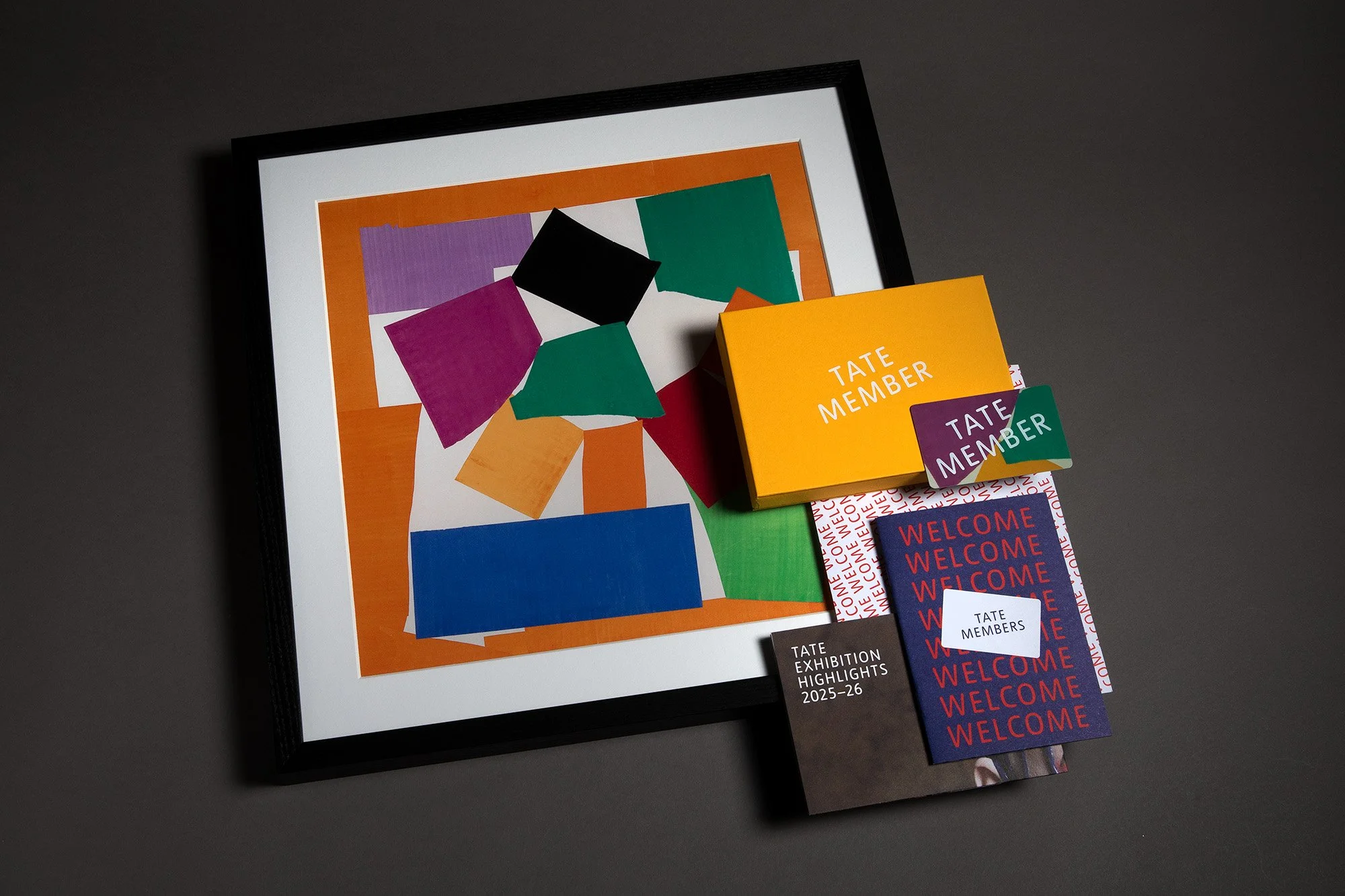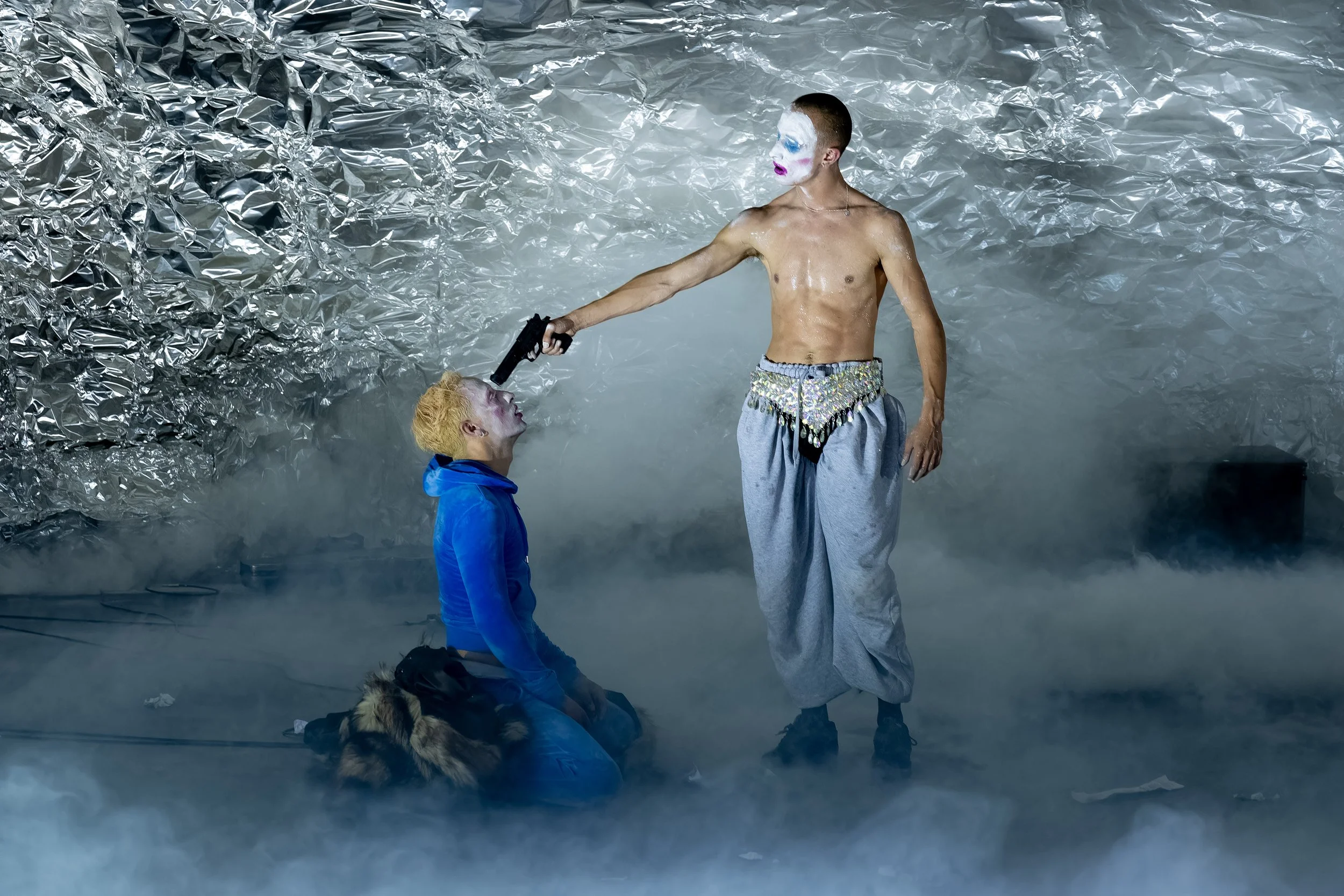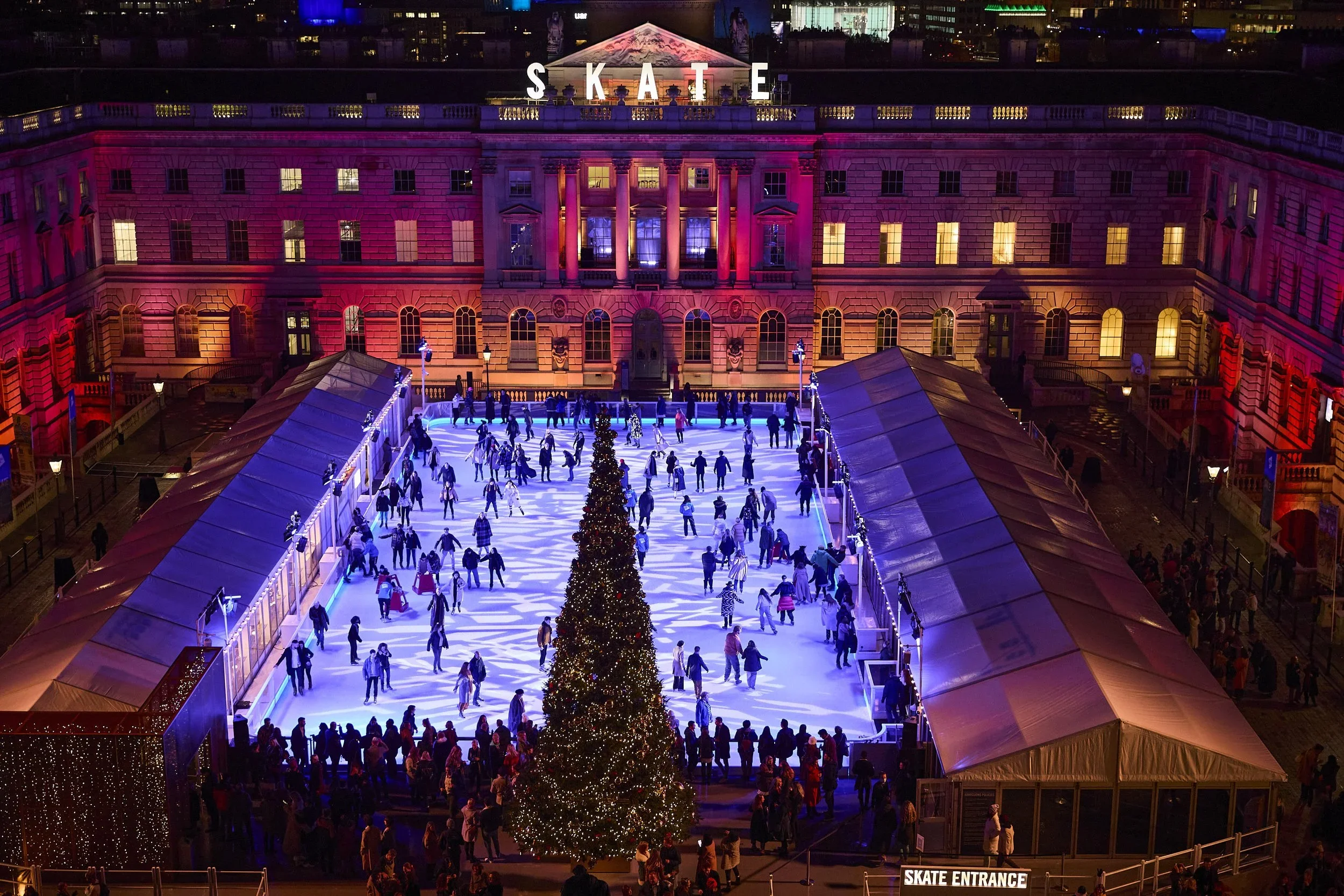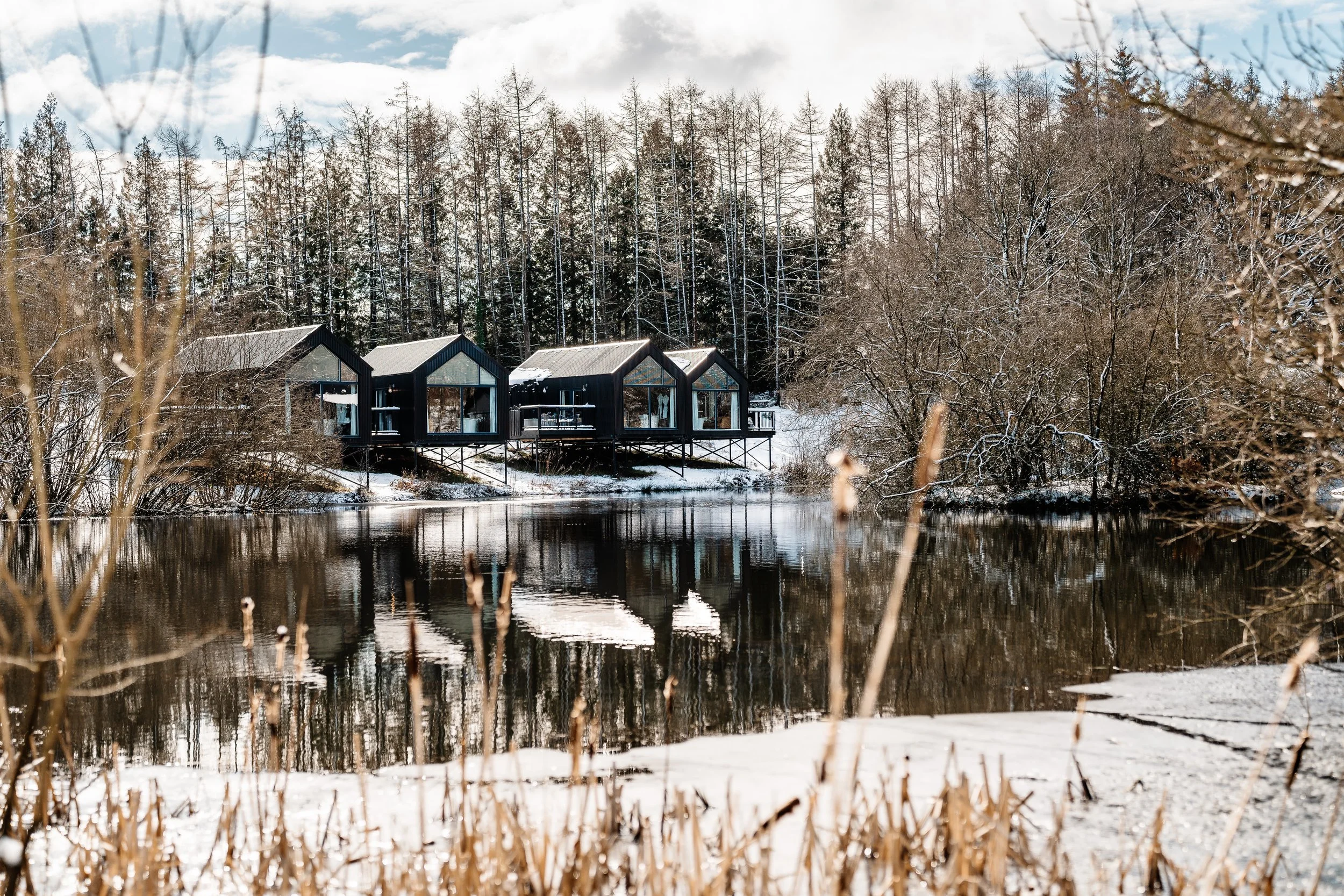In conversation with Christine Kowal Post
“The only thing I can do with any dexterity is make art so it is my way of giving back.”
- Christine Kowal Post
Christine Kowal Post in her studio. November 2022.
Christine Kowal Post is an accomplished artist and sculptor, with a successful career spanning since the mid-1970s. Specialising in traditional wood carving techniques, she creates large sculptures often featuring powerful women and animals with a bad reputation. Admitted to the Royal British Society of Sculptors in 2014, Christine has exhibited extensively, both nationally and internationally, and her work is held in public collections.
Christine's work can currently be seen in the exhibition If Not Now, When? Generations of Women in Sculpture in Britain, 1960-2023 at the Saatchi Gallery.
Can you share the story of your artistic journey?
I can’t talk about my artistic journey without mentioning my childhood because it had such an impact on me. My dad was a Polish refugee who during World War 2 escaped to England where he met my mother who was Welsh. He could not return to Poland, he would have been killed, and so he and my mother went to Nigeria which was preparing for independence. Dad was a research scientist and taught agriculture at the University of Ibadan. I was born there, and when I was five, we moved from Nigeria to Ghana which was also looking forward to independence. So I grew up absorbing scientific ideas and it was an exciting time. It was post-war and the world was going to be a better place! Many African and foreign academics gathered there to help establish the university and the development of the country. We went to school with Ghanaian kids, and were taught by African teachers. The future was bright and optimistic and it was the best time ever. It was a childhood filled with sun and colour, and we lived simply and close to nature. But it was also dangerous: there was a lot of child mortality from diarrhea, and malaria was rife. My parents lived in West Africa for 25 years until my mother’s death there when she was only 43.
It was the custom to send your children to boarding school in the UK and my siblings and I each left home at the age of 9. Being parted from family at that age was a traumatic and scarring experience. The sudden relocation to a strange country caused us deep grief. But I think our extraordinary childhood prepared us to be resilient. I constantly draw on my childhood experiences when I make my art. My siblings and I were part of a third culture, one that was nether the culture of our parents, nor the culture of our host country. That gave me a different perspective as an outsider, and never quite feeling that I belonged anywhere.
I am a self-taught woodcarver. I did not go to art college, I read History of Art and Italian at Aberystwyth University (which sent me to study at the Academy of Fine Arts in Florence for a year. I think that for me it was the right journey because art history is all you need when you believe yourself to be an artist)! Those intense and yet sometimes painful childhood experiences somehow gave me a broader world view, compassion, and a shock at how many women would not have the opportunities I had been given. My dad who lost everything in the war said to me ‘If you receive a lot, you must give something back.’ The only thing I can do with any dexterity is make art so it is my way of giving back.
How would you define your artistic style? Is there a recognisable characteristic that defines it?
I studied the history of art so I am aware of many styles in sculpture and I have many influences: German expressionism, classical Greek art, folk art, medieval church carvings and non-Western art! When I started carving wood I took to it like a duck to water. I feel part of a world-wide tradition when I am carving, and we humans have been carving for millennia. Growing up in West Africa I was surrounded by woodcarvings and those three-dimensional forms have always been a part of my life and have fascinated me; why those shapes, why those forms? What’s interesting, and Henry Moore said it too, is that when you carve from a cylinder of wood i.e. a tree trunk, the same forms crop up in all corners of the world. At the beginning of the Twentieth Century there was a whole raft of artists who owed a debt to non-Western artists. Let’s see: Picasso, Moore, Hepworth, Scherer, Kirchner, Hoch, Schmidt Rotluff, Zadkine, Klee, Epstein, Gaugin, Brancusi, Matisse, Nolde, Ernst, Matta, Modigliani, and many others. Now, according to El Anatsui, the divide between Western and non-Western art is disappearing as a result of modern communication networks and travel. The direction of cultural flow is in both directions.
What message and themes do you aim to convey, and how have they evolved over the years?
Much of my work is about women. So it’s about gender, about the reality of women’s lives, how our biology and culture impacts our lives, and how we have been seen and portrayed, and how we want to be seen. But it is also about our relationship with the world around us, and how we see our place in comparison to other animals. I have been working on these same themes for decades and I don’t think there is much reason for that theme to change. Women now have more rights in law and a more equitable place in society, but which women? And where? I certainly consider my work to be feminist, or maybe I’m an eco-feminist because I agree that in general we are witnessing a patriarchal, capitalist culture which dominates nature and women and exploits natural resources.
When you look back at your career as an artist, can you identify the most fulfilling moment you've experienced?
I had a one-woman show earlier this year at The Williamson Art Gallery and Museum in Birkenhead, where my mother’s family comes from and where we had a family base. I realized that if anywhere is home then it’s Birkenhead. The gallery supported me from the beginning of my artistic career. I’ve had three one-woman shows there and I have a soft spot for it!
Sculptures by Christine Kowal Post. If Not Now, When? Generations of Women in Sculpture in Britain, 1960-2023. at Saatchi Gallery. November 2023. Photo by MTotoe
Your work is set to be featured in the upcoming Saatchi Gallery exhibition, If Not Now, When? Generations of Women in Sculpture in Britain 1960-2023. Can you take us through the journey that brought your work to this exhibit?
In 1989 I was invited to complete a form sent to me and other female sculptors by the sculptor Lorna Green as part of her M.Phil thesis: The Position and Attitudes of Contemporary Women Sculptors in Britain 1987-89, in which we were questioned about our experiences and challenges as female sculptors. Griselda Pollock updated the survey with Green in 2022, to include contemporary female sculptors, and to date hundreds of female sculptors have contributed. The result has been this exhibition ‘If Not Now, When?’ first shown at The Hepworth Wakefield where 29 works were selected and is now touring to Saatchi Gallery. I am delighted to be in the company of so many illustrious artists.
What was the driving inspiration behind the pieces that will be showcased in the exhibition?
I have been carving Amazons or warrior women for a couple of decades. They are a recurrent theme and I keep adding to them when I sell pieces, to make sure they form a coherent and effective ‘squad’. Stories of their battles were recorded by Herodotus in the fifth century BC, and they were thought to be mythological, but recent excavations in present day Ukraine have found warrior women buried with their horses and weapons. My Amazons show strong women with their potential power, but at the same time they cope with the pressures of their biology: motherhood, child-rearing, the eroticization of their bodies and conforming to religious ideology. Amazons should be alert and vigilant.
What kind of experience do you hope visitors will have when they engage with your artwork?
As an artist I describe the world around me. As for warrior-women, I think most women that I have spoken to respond with recognition. They see the injustice of their condition, i.e. it’s the human condition, but a gendered one. My Amazons are reluctant warriors, but if necessary, they will defend themselves and in this exhibition they form a standard military strategy, the defensive triangle.
In 1989, you made a statement regarding women in the field of sculpture, emphasising the importance of women being exposed to skills such as construction, welding, and carpentry. You suggested that if more women had been brought up with these skills, they would have been better equipped to employ them in their artistic techniques at that time. Do you believe there has been notable progress in this aspect in the present day?
No. Not in the art world. It seems that many of the art colleges have moved away from the traditional skills and towards the new technologies.
Over the course of your career, what has been the most impactful lesson you've learned about yourself, your skills, or life in general?
I have learned that it is important not to fall at the first hurdle, and there will be many more hurdles to come.
I have learned there are no geniuses, and that we stand on the shoulders of those who came before us.
It’s a lonely job, and I have learned to cherish those who have supported me - we all need support systems.
Is there a piece of advice that you've received and found particularly influential in shaping your approach to art?
See 9. above.
As someone who has made significant contributions to the representation of women in sculpture, what guidance would you offer to emerging artists interested in pursuing a career in sculpture?
Don’t look left, don’t look right. Look straight ahead and go for it.
What aspects of the future of sculpture excite you the most, and what do you aspire to contribute to its ongoing evolution?
I think the future of sculpture is in the use of AI. Of course, artists are going to use it as a tool because they are curious about the world. Even though my sculptural technique is carving which is low-tech, physical, and time consuming, I also hope to use it as a tool (once I get the hang of it). Artists are creatives, they generate ideas, we all know AI will have an immense impact on us.
Who is Christine Kowal Post outside the ‘office’?
I grow vegetables and feed foxes.
The exhibition If Not Now, When? Generations of Women in Sculpture in Britain, 1960-2023 is on show at the Saatchi Gallery until 22 January 2024.
Website: christinekowalpost.com
Instagram: @christinekowalpost
LinkedIn: Christine Kowal Post



